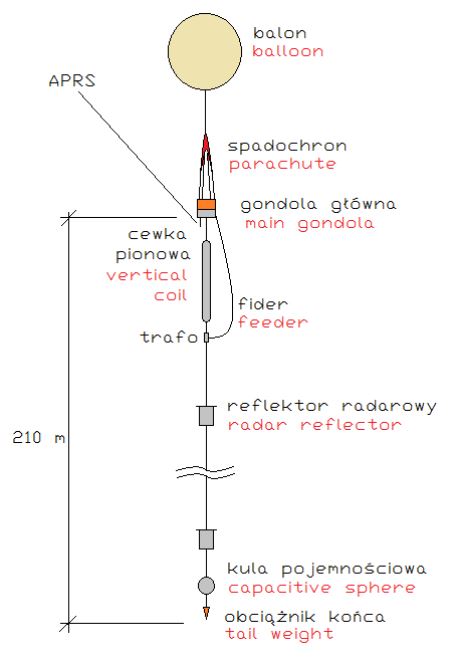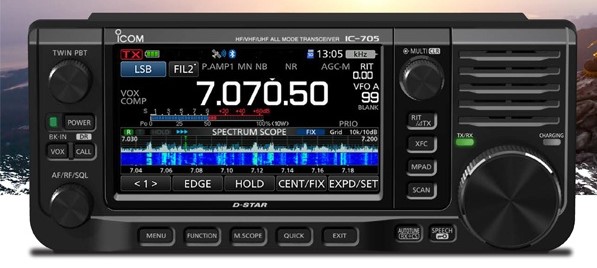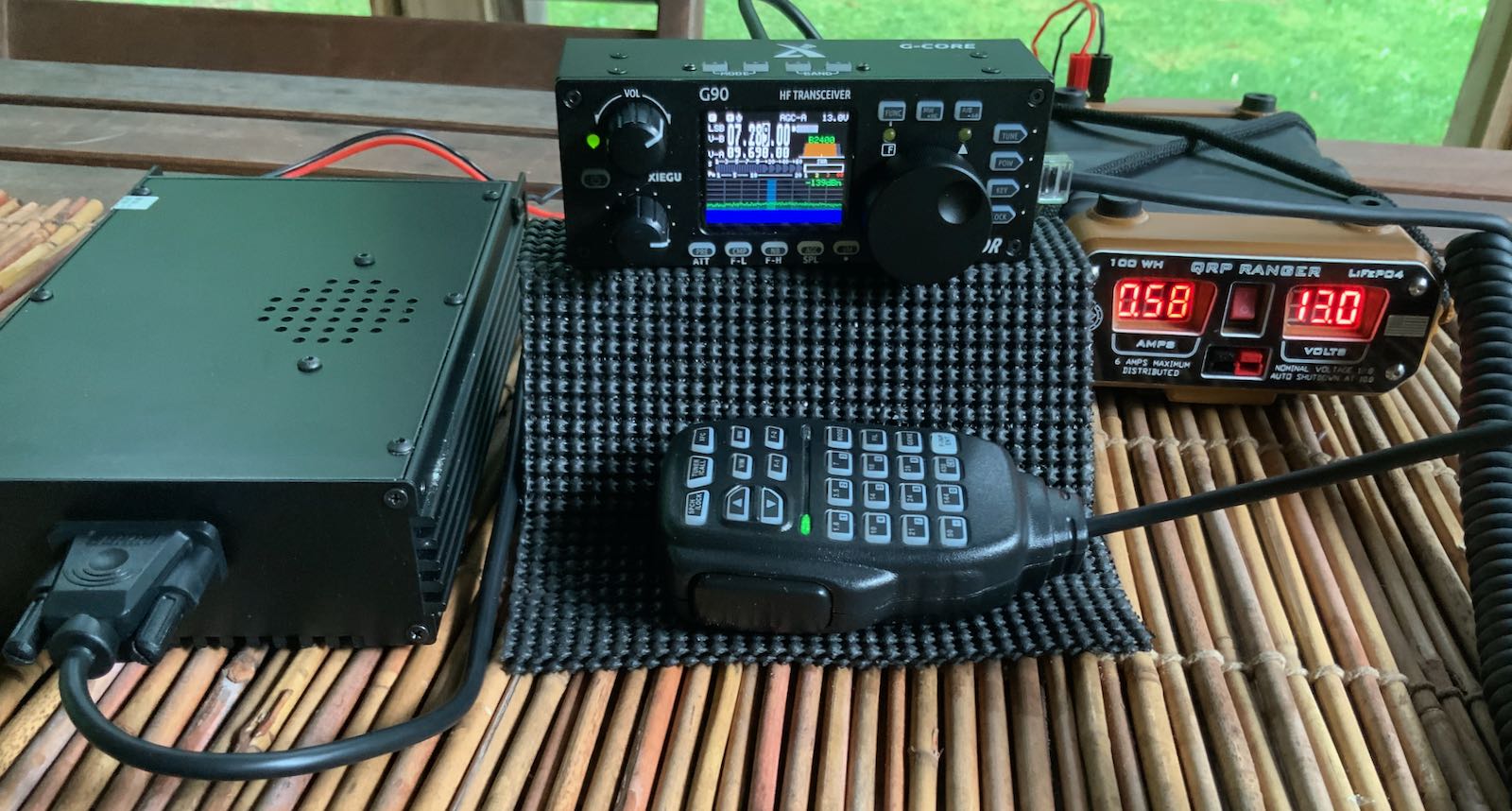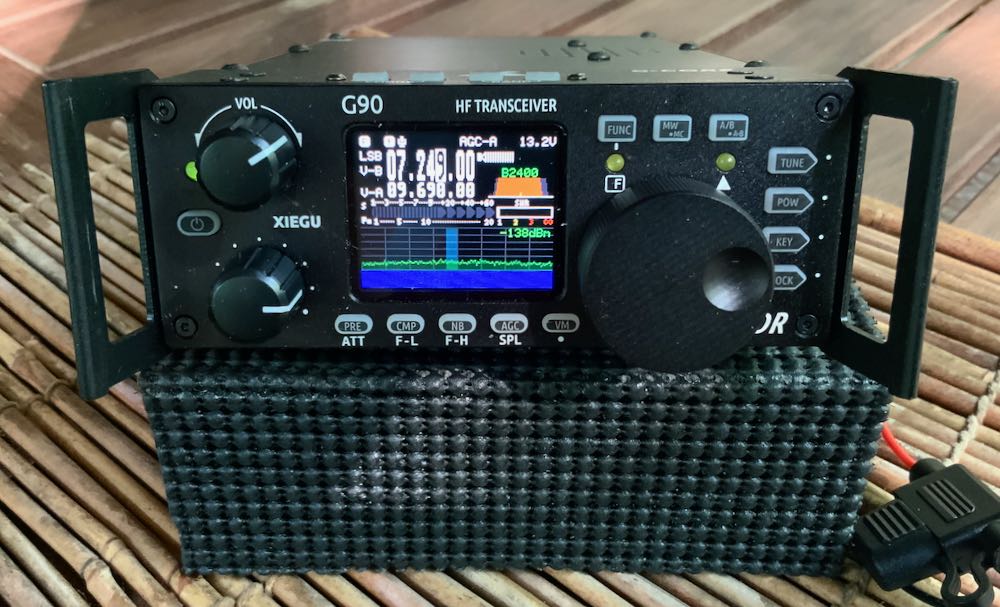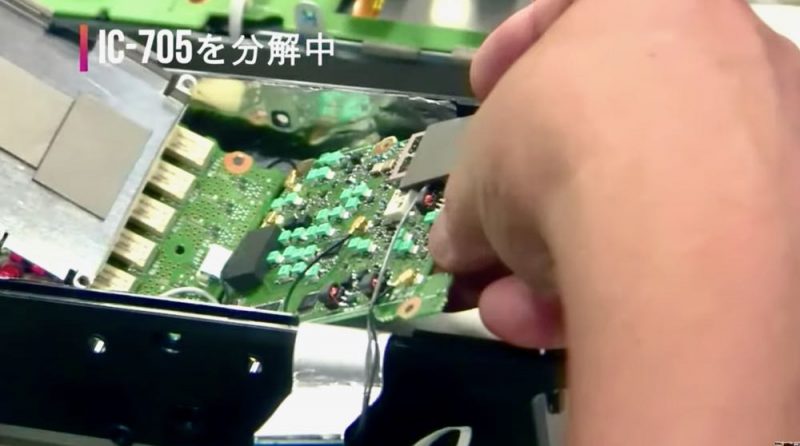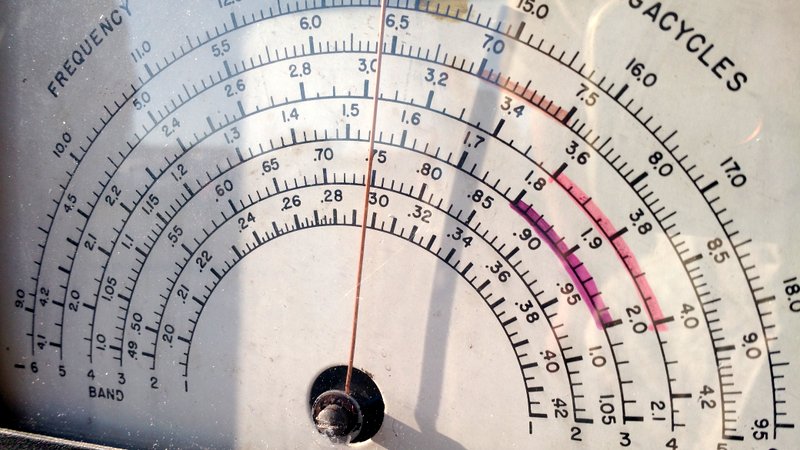 Radio Waves: Stories Making Waves in the World of Radio
Radio Waves: Stories Making Waves in the World of Radio
Because I keep my ear to the waves, as well as receive many tips from others who do the same, I find myself privy to radio-related stories that might interest SWLing Post readers. To that end: Welcome to the SWLing Post’s Radio Waves, a collection of links to interesting stories making waves in the world of radio. Enjoy!
Many thanks to SWLing Post contributors Mark Hist, Kris Partridge, John Palmer, and the Southgate ARC for the following tips:
Radio reporters to be axed by BBC and told to reapply for new roles (The Guardian)
Radio reporters to be axed by BBC and told to reapply for new roles
Critics fear end of an era because of plans to make audio journalists work across media platformsBBC radio voices have described and defined modern British history. Live reports from inside a British bomber over Germany during the second world war, or with the British troops invading Iraq in 2003, or more recently from the frontline of the parent boycott of a Birmingham school over LGBT lessons have also shaped the news agenda.
But now the BBC plans to axe all its national radio reporters and ask them to reapply for a smaller number of jobs as television, radio and digital reporters, rather than as dedicated audio journalists. Many fear it is not just the end of their careers but the premature end of an era for the BBC.
“Radio reporting is a different job. Of course, you can do both, but a report designed for television starts from a completely different place. Radio is also more agile and also a lot less expensive,” said one experienced broadcast journalist. “I am pretty sure most of us will not be given new TV roles. It seems sad to lose all that specific radio expertise.”
Among the well-known voices likely to be affected are Hugh Sykes, Andrew Bomford – who has just completed a long feature on the child protection process for Radio 4’s PM show – and the award-winning and idiosyncratic Becky Milligan, as well as a wider team of expert correspondents.[…]
Amateur radio on BBC Radio Surrey (Southgate ARC)
RSGB report Board Director Stewart Bryant G3YSX and SOTA organiser Tim Price G4YBU were interviewed on BBC Radio Surrey on Friday, September 11
The interview starts just before 1:43:00 into the recording at
https://www.bbc.co.uk/sounds/play/p08pkykwRSGB https://twitter.com/theRSGB
What is Amateur Radio?
http://www.essexham.co.uk/what-is-amateur-radioFree UK amateur radio Online Training course
https://essexham.co.uk/train/foundation-online/
10 Things That Make The Icom IC 705 A Revolution in Ham Radio (K6UDA YouTube)
VLF Balloon with 210m long antenna launches Sept 12 (Southgate ARC)
A high-altitude balloon experiment, launched by Warsaw University of Technology, is planned to lift off September 12, carrying a VLF 210-m-long fully-airborne antenna system, transmitting on 14.2 kHz
14.2 kHz is the former frequency of the Babice Radio Station in Poland.
The project is delivering very important data for a doctoral dissertation – any and all feedback on the reception of the signal (reception location, SNR, bandwidth etc.) is extremely important; your help with the listening to the transmission would be invaluable!
The balloon will also be transmitting APRS on 144.800 MHz FM, callsign SP5AXL.
Full details at
https://alexander.n.se/grimetons-sister-station-shall-reappear-in-the-stratosphere/?lang=en
Kris also points out this article which provides more detail about the station and request for reception reports:
Invented for the first time in 2014, in 2020 it will finally be implemented – the idea of „restoring” the TRCN, but in the stratosphere, where there are no mechanical limitations at the height of the antennas, and the achieved range can be gigantic.
The launch of a stratospheric balloon from the Przasnysz-Sierakowo airport of the Warsaw University of Technology is planned for September 12, 2020, in order to perform atmospheric tests – measuring UV radiation, recording the cloudy surroundings with a high-speed camera and conducting an inductive experiment at 14.2 kHz using a special antenna system.
The inductive system uses a modified long-wave transmitter (A1 emission, unkeyed) from the GLACiER project of the Warsaw University of Technology, implemented as part of the IGLUNA – a Habitat in Ice programme (ESA_Lab / Swiss Space Center). The power of the transmitter, due to the emission limits for this type of inductive devices, shall not exceed a few watts. The antenna system is a centrally fed (35: 1) dipole with capacitive (Hertzian) elements and a vertical axial coil. The electrical length is between 400 and 500 m, with a total system length of 210 m. The antenna is equipped with metalized radar reflectors.
The entire balloon mission will use 144.8 MHz (as SP5AXL) and 868 MHz (as part of the LoVo system) for navigation. Flight information will be available in advance in NOTAM (EPWW).
Planned balloon launch (even if the sky is full of ‘lead’ clouds) at 12.00 UTC (14.00 CEST, local time). The 14.2kHz experiment will be switched on on the ground, with the antenna initially folded in harmony. The predicted total flight time is 3 hours – around 13.30-14.00 UTC / 15.30-16.00 CEST it is planned to reach the maximum altitude of 30 km above sea level.How can you help with the experiment? By recording as much as possible! Every parameter is valuable – from the spectrum / screenshot with the spectrum, to the EM field strengths, SNR and bandwidth, to the change of the EM field strength over time. The collected data can be sent to our e-mail address: [email protected]. On the day of launch, we plan to post updates on the launch, flight and the experiment itself via our Facebook page: facebook.com/radiostacjababice.
Stay tuned!
Do you enjoy the SWLing Post?
Please consider supporting us via Patreon or our Coffee Fund!
Your support makes articles like this one possible. Thank you!

